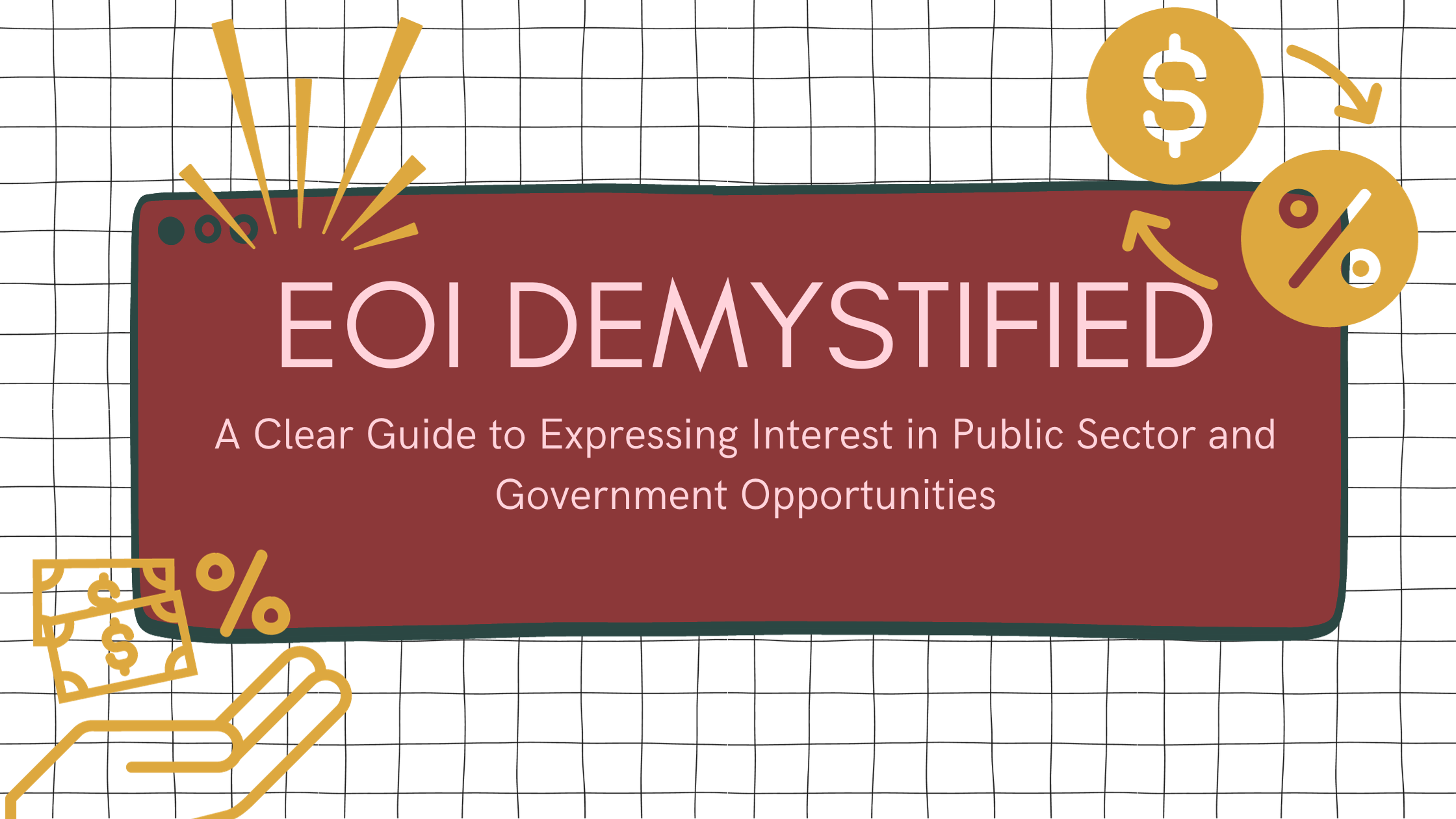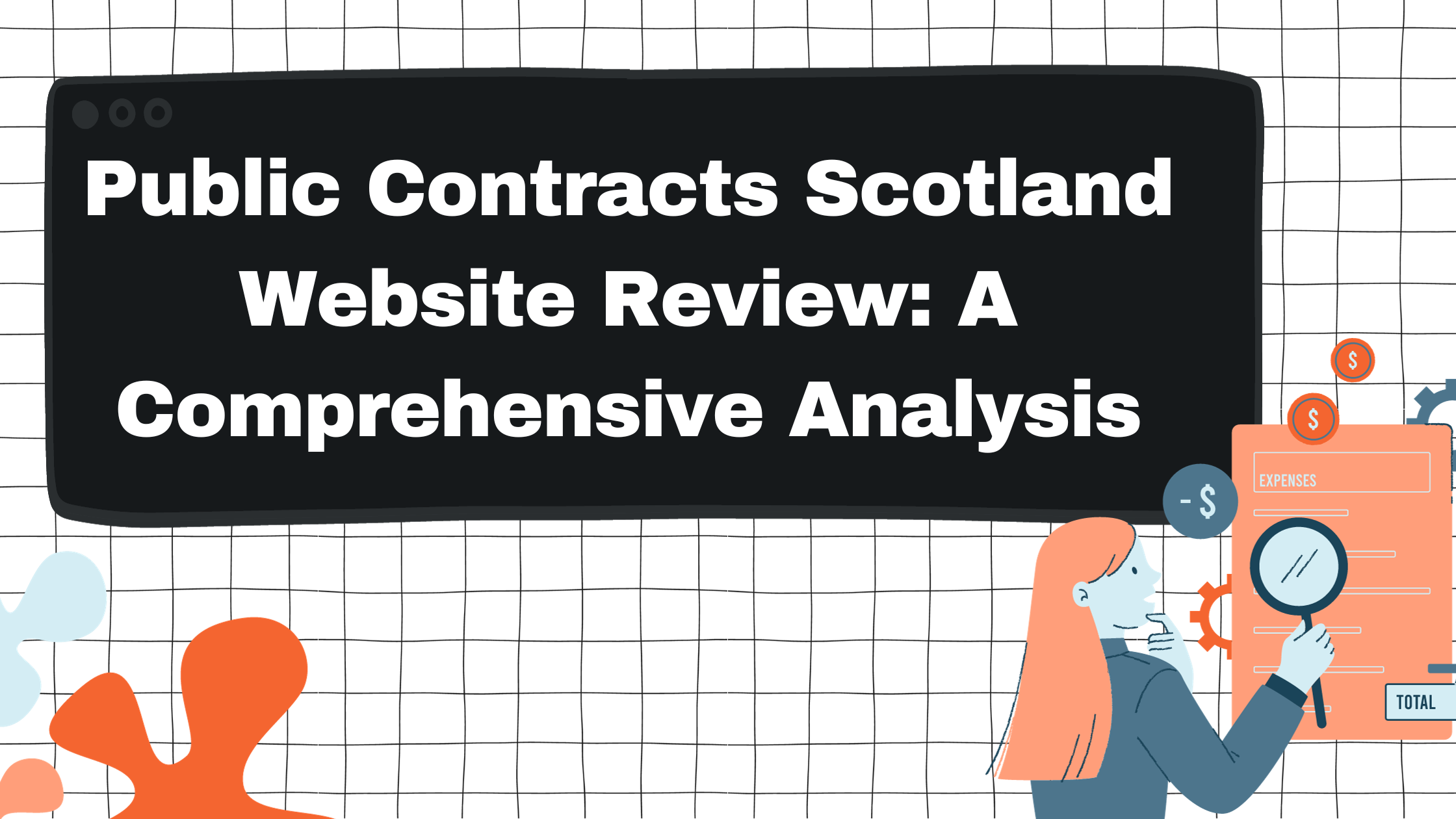Mastering Proposal Writing Services and RFP Writing: Developing Effective Bid Templates for Business Success

Need Help with Your Bid?
Get in touch by filling out the form and one of our advisors will be in contact.
Contact UsCreating a bid template is a crucial step for me when preparing to secure new business opportunities. A well-crafted bid template not only demonstrates my company's professionalism but also saves time and ensures consistency across all my proposals. It allows me to clearly present my qualifications, approach, and pricing in a structured format, making sure key details aren't overlooked. By investing in the creation of a comprehensive bid template, I set the foundation for compelling proposals that can stand out in competitive bidding scenarios.

The process of developing a bid template requires a thorough understanding of my business's capabilities, an assessment of potential clients' needs, and an analysis of the competitive landscape. It's important to design a template that's adaptable, allowing me to easily tailor my proposal to the specifics of each project or request for proposal I encounter. When determining costs and creating detailed price estimates, my template must be precise and transparent, as this builds trust with potential clients and helps avoid any misunderstandings during negotiation.
Key Takeaways
- A bid template is vital for showcasing professionalism and efficiency.
- It must be adaptable and reflect a deep understanding of my business.
- Accurate pricing in the template fosters trust with potential clients.
Understanding Bid Templates
Creating an efficient bid template is pivotal in ensuring that I convey all the necessary details to my prospective clients in a clear and professional manner. The template serves as a framework to present my proposal in a consistent and comprehensive way.
Definition and Purpose of Bid Templates
A bid proposal template is a pre-structured document I use to outline the services, goods, or work I propose to supply to a client or project. The purpose of such a template is to standardise the submission process, ensuring that I include all required information in a format that's easy to understand by my client. By doing so, I enable a fair comparison between different bids based on the articulated project needs.
Components of a Bid Proposal Template
The key components of a bid proposal template include:
- Project Overview: A brief description of the project and how my qualifications match its requirements.
- Scope of Work: An itemised list detailing the services or goods I am providing.
- Pricing: A clear explanation of the costs, including labour, materials, and any other charges.
- Timeline: Projected dates for milestones and completion of the work.
- Qualifications: My relevant experience and credentials that establish my ability to undertake the project.
- Terms and Conditions: Any legal and payment terms that govern the proposal.Each element should be presented in a logical order within the bid form template to make it easy for the client to review.
Bid Template Formats
I choose the format for my bid templates based on the nature of the project and client preference. The most common formats are:
- PDF: A non-editable format that maintains the integrity of my proposal once submitted.
- Word Document: An editable format that can be easily customised for each proposal.Whether it's a construction bid form or a general services proposal, the chosen format should represent my information accurately and professionally.
Creating Your Bid Proposal
When I craft a bid proposal, my primary aim is to present a clear, comprehensive, and transparent outline that addresses all aspects of the project. This clarity helps in setting realistic expectations and fosters trust between me and potential clients.
Gathering Essential Information
Firstly, I make sure to collect all necessary information. This includes understanding the client's requirements and the scope of work. I meticulously review any request for proposals (RFPs) to ensure my bid addresses each point listed. It's also important to assess my own capabilities and availability to meet the project's needs.
- Client's needs and objectives
- Available resources
- My unique selling points
Outlining the Proposal Scope
In drafting the project scope, I itemise the services I will deliver, aligning them with the client's goals. A detailed scope of work not only outlines what is included but also what is excluded, preventing scope creep and setting clear boundaries.
- Services offered: What I will do
- Project exclusions: What I won't do
- Deliverables: Final outputs of the project
Establishing a Timeline and Milestones
A well-defined timeline is crucial. I break down the project into milestones and allocate timeframes to each, ensuring that I set realistic deadlines that accommodate for potential adjustments.
- Milestone: Initial Consultation
- Deadline: Date
- Milestone: Draft Submission
- Deadline: Date
- Milestone: Final Review
- Deadline: Date
Detailing Terms and Conditions
I lay out the terms and conditions clearly, including the payment schedule, to avoid misunderstandings. This includes total cost, payment instalments, and any conditions related to project revisions or cancellations.
- Budget: Total project cost
- Payment Terms: When and how payments should be made
- Contingencies: Conditions for project amendments or termination
By meticulously addressing these subsections, my bid proposal becomes a reliable blueprint for the work I intend to carry out, making it a useful reference throughout the project's duration.
Pricing and Cost Estimates
Creating a comprehensive bid template involves a meticulous approach to pricing and cost estimates. I'll guide you through understanding the different components and presenting them effectively to your clients.
Understanding Costs and Estimates
When it comes to crafting a bid, it is essential to have a detailed understanding of all costs involved. This means breaking down the project into labour and materials, which are your direct costs, and then factoring in any indirect costs, such as administrative fees. For labour, I calculate the number of hours needed multiplied by the hourly rate, and for materials, I list each one with its estimated cost. Here's a simplified breakdown:
- Labour: Number of Hours x Hourly Rate = Total Labour Cost
- Materials: Cost of Material 1 + Cost of Material 2 + ... = Total Material Cost
Each component of the cost estimate must be accounted for meticulously to ensure the accuracy of your estimates. I delve into past projects, supplier quotes, and industry standards to inform my estimated costs.
Presenting Your Pricing Strategy
After determining the costs, the next step is presenting my pricing strategy. My focus is on clarity and professionalism, which helps my services stand out. I structure my pricing in a format that is easy to understand, listing each service and corresponding price. Here is an example structure:
- Service 1: Description - Quantity - Unit Cost - Total Cost
- Service 2: Description - Quantity - Unit Cost - Total Cost
- Total Estimated Costs: Sum of all services provided
I make sure that my fees are explained with the right pricing model on the bid template鈥攚hether it鈥檚 fixed-price, time and materials, or another model鈥攁nd always leave room for any potential changes or contingencies in the estimate. This approach ensures that when I offer my bid, it reflects a well-thought-out and accurate representation of the potential project costs.
Finalising and Submitting the Bid
When it's time to finalise my bid, I focus on ensuring that every detail in the document is precise and adequately reflects my proposal. I take several steps to guarantee a high-quality submission, each vital in its own right.
Proofreading and Accuracy Check
I always begin with a thorough proofreading of the bid document, paying close attention to both the technical details and the overall coherency of the information provided. It's essential to ensure absolute accuracy in every aspect, from cost calculations to the alignment with the project's scope. Any numerical data is double-checked, and I ensure all statements are factually correct and free of ambiguity.
Incorporating Feedback and Adjustments
Before submission, I gather feedback from colleagues or stakeholders, whose perspectives can be invaluable. I carefully review all input and make necessary adjustments to refine the proposal. This might involve clarifications or enhancing certain sections to better meet the client鈥檚 expectations. I ensure that all changes are implemented so that the bid reflects a collaborative and thoughtful effort.
Digital Submission Procedures
I am familiar with various digital submission platforms and understand their specific requirements for proposal submission. Here is my checklist before electronically sending off the bid:
- Verify all required attachments are included and correctly formatted.
- Apply a digital signature where needed to authenticate the document.
- Confirm that the file format is compatible with the client's submission portal.
- Keep a record of the submission confirmation email or notification for follow-up.
After submitting the bid, I actively monitor for any correspondence that may require a prompt response or additional information to support my proposal.
Frequently Asked Questions
In this section, I'll address common queries about bid templates, providing precise answers to streamline the creation of your proposal.
What are the key components to include in a bid proposal?
The key components for a bid proposal typically encompass a detailed description of the services or goods offered, pricing breakdown, project timeline, qualifications, and terms and conditions. It is also essential to customise the proposal to highlight how your offerings uniquely address the client's needs.
What is the standard format for a construction bid proposal?
A construction bid proposal usually follows a standard format that includes an executive summary, project scope, materials and labour cost estimates, project duration, legal aspects, and a section for acceptance signatures.
Could you provide a step-by-step guide for drafting a bid proposal letter?
To draft a bid proposal letter, start with a professional greeting, then introduce your understanding of the client鈥檚 needs. Proceed to outline your proposed solution, benefits, and pricing. Conclude with a call-to-action, such as a request for a follow-up meeting.
How can one create a bid proposal template using Excel?
To create a bid proposal template in Excel, start with a header section for project details. Include tables for cost estimates, a timeline schedule, and sections for terms and conditions. Use formulas for automatic calculations of totals and subtotals to ensure accuracy.
What are the best practices for preparing a bidding document?
Best practices for preparing a bidding document involve conducting thorough research on the client, maintaining clarity and conciseness in the proposal, providing a competitive but realistic quote, and proofreading for error-free content. Timeliness and adherence to the client鈥檚 request for proposal (RFP) guidelines are crucial.
What advice do you have for freelancers writing their first bid proposal?
My advice for freelancers crafting their first bid proposal is to focus on clearly defining the value you bring to the project, ensuring that you thoroughly understand the client's needs. Tailor your bid to address these needs directly, and don't underestimate the power of a well-structured, personalised proposal that stands out.
Ready to start your search?
Get in touch by filling out the form to the right and one of our advisors will curate a personalised selection for you.
Get in touchBlogs. Guides. Helpful advice.

Mastering Proposal and RFP Writing for Government and Public Sector Opportunities

Proposal and RFP Writing Services: Enhancing Public Sector Tender Outcomes

.svg)